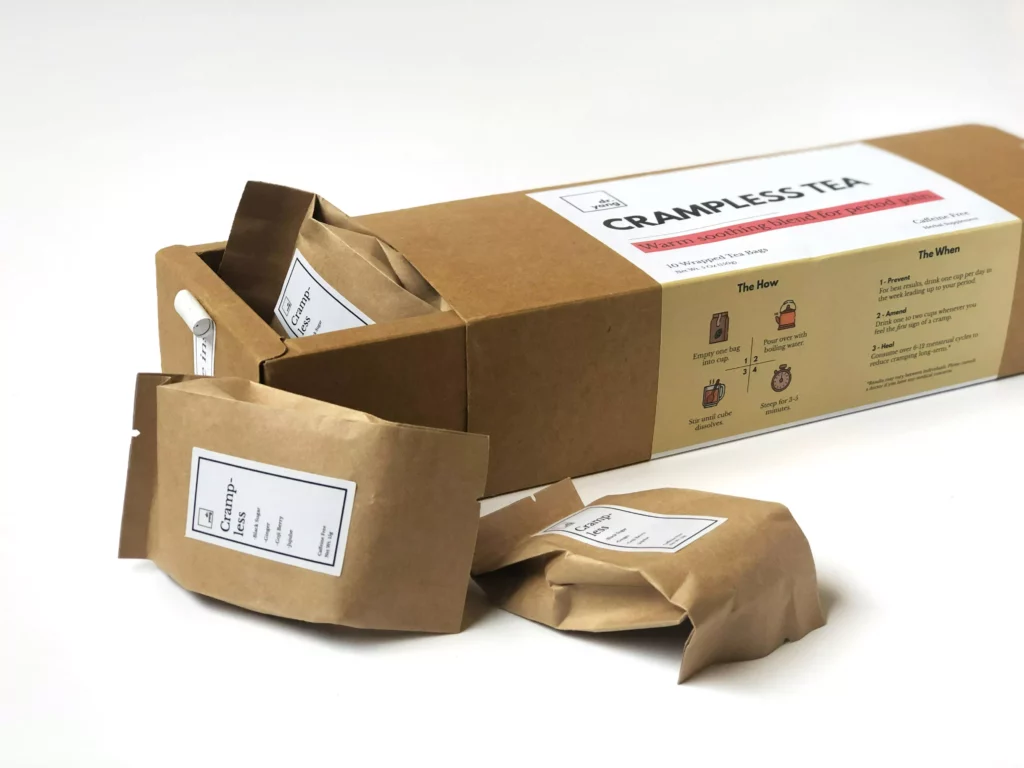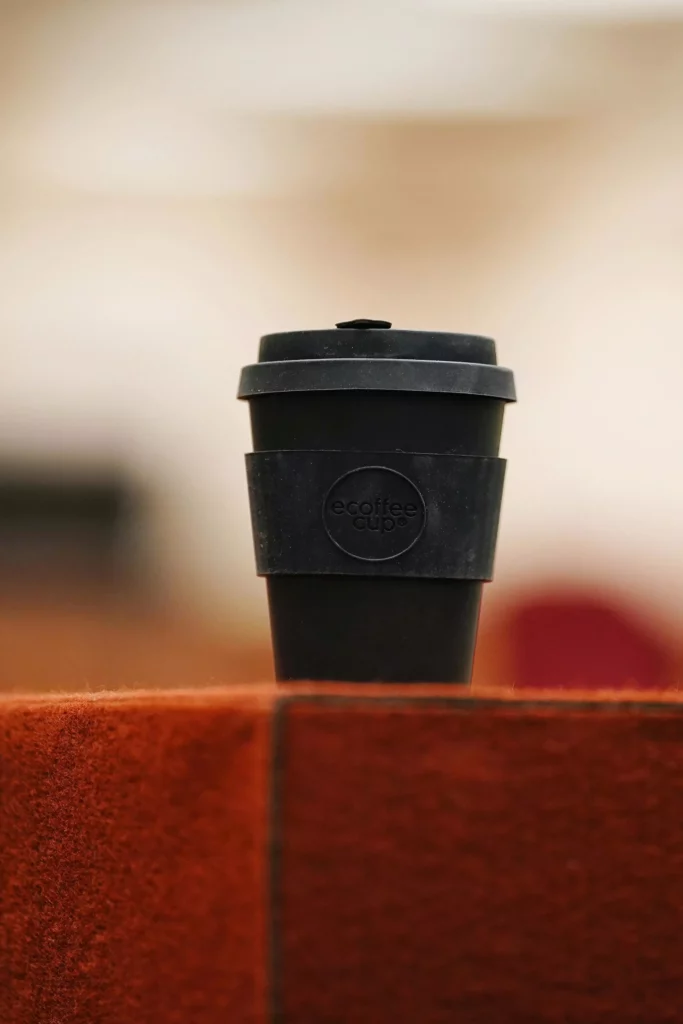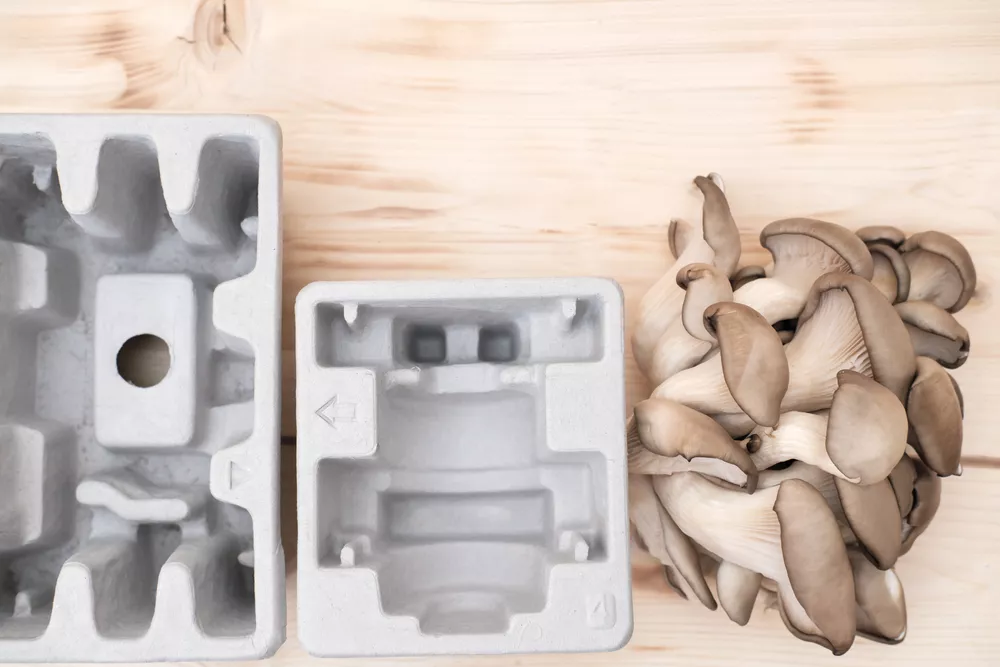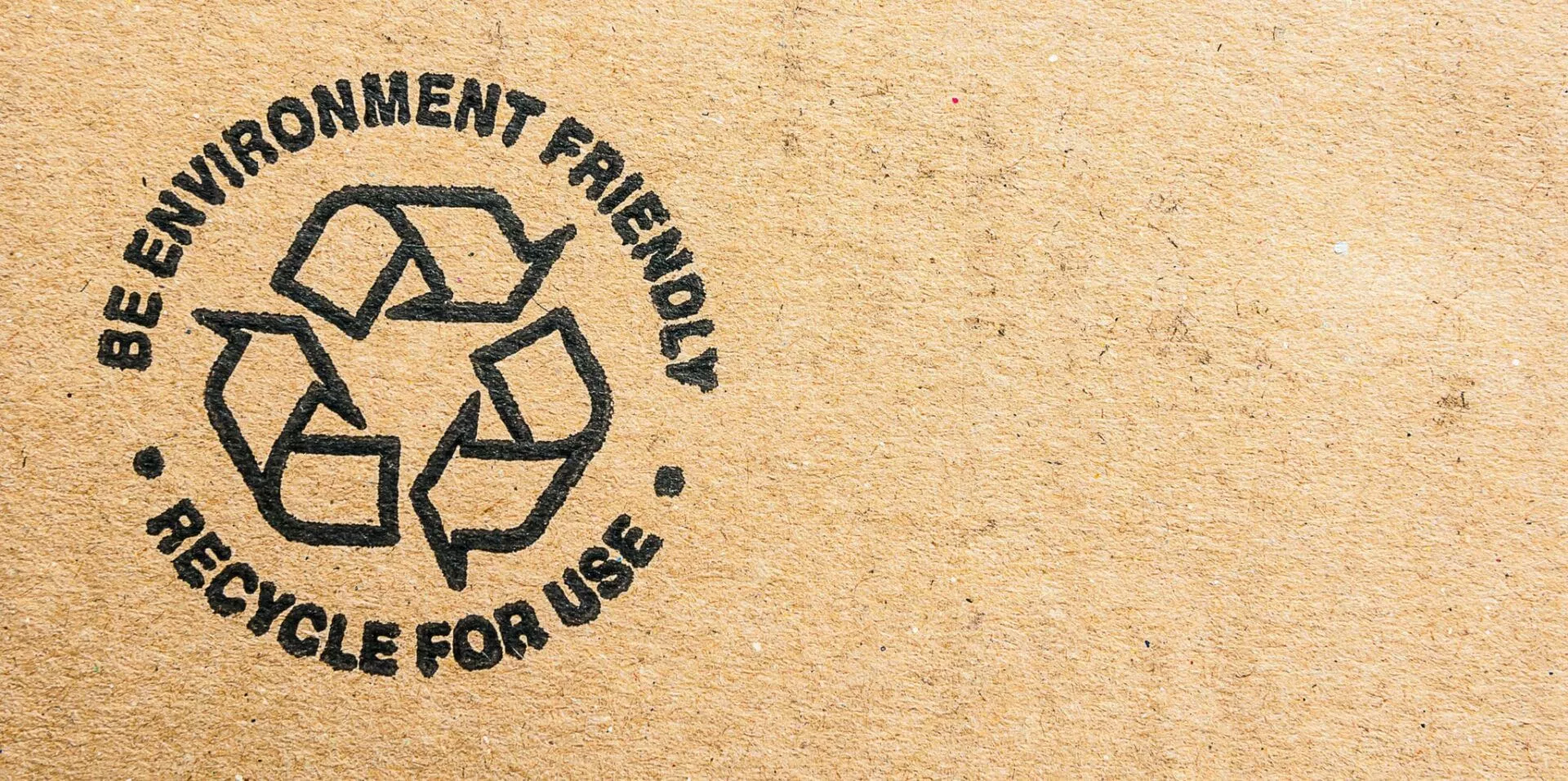7 Tips for Making Your Packaging More Recyclable
In a world where most people make purchases every day, businesses must ensure their products come with packaging that does not negatively impact the environment. To reduce packaging waste, everyone throughout the supply chain—from a company’s packaging engineering team to the consumer—must make informed decisions when choosing the best packaging for the environment.
Thus, businesses have the moral responsibility to educate their buyers on more eco-friendly packaging. This can be achieved if companies develop innovative sustainable packaging that consumers know is recyclable and reusable.
How to Make Packaging More Recyclable
Here are a few ideas on how your brand can make your packaging both dual-purpose and eco-friendly, along with tips on how your brand can urge consumers to recycle or reuse your packaging materials.
- Use sustainable raw materials
A careful selection of sustainable raw materials can help minimize your environmental footprint. When producing your packaging material such as cardboard or paper, turn to sustainable forests to source the required paperboard material. Sustainable forestry involves responsible harvesting, planting, and management to enable sustainable growth for generations to come.
Organic fabrics, such as hemp, organic or recycled cotton, tapioca, and palm leaves, can be another option for your brand’s product packaging. These materials can biodegrade in around 100 days, compared to the 10,000 or so years it takes for plastic.
You may also choose biopolymers to form your packaging or polymers that occur in nature, such as carbohydrates and proteins. Often used for food and electronic packaging, biopolymers are biodegradable and compostable.
- Limit the use of mixed packaging materials
Mixing different materials such as plastic, cardboard, and paper creates packaging that is difficult to recycle. Furthermore, a significant amount of waste is produced at the warehousing and retailer levels. Invest in packaging that does not create a large amount of redundant or non-recyclable material.

Minimal packaging helps preserve space and materials throughout the distribution process, decrease packaging waste, and lower energy consumption and production costs.
Utilize innovative designs and manufacturing techniques to create custom boxes, cartons, pouches, or bags. Create simple and creative packaging that appeals to environmentally-conscious and minimalist consumers. Packaging may ideally be designed in a contemporary style using natural colors with a matte or non-glossy finish.
- Use less packaging throughout the supply chain
Increasing focus on sustainable packaging involves less packaging and more eco-friendly alternatives throughout the supply chain. When printing images and text on the packaging, brands can explore unique materials such as inks made from milk proteins or food.
Use correct-sized boxes and reduce packaging collateral to avoid wasting space. Selling products in bulk can also help reduce packaging waste. Minimize supply chain processes and improve on logistics by working with suppliers and manufacturers. For instance, fulfillment centers can go paperless during the packaging process by going mobile.
- Partner with local sustainable manufacturers
Through sustainable manufacturing, businesses can manufacture products through processes that conserve energy and natural resources. Work with local manufacturers that incorporate sustainable practices in their strategy and operations. Your ideal partner should favor the sustainable sourcing of raw materials and unfinished goods.
Ensure these manufacturers make efforts to curb emissions from vehicles and facilities and implement recycling programs for generated waste during manufacturing and end-of-life equipment or products. See if they experiment with packaging redesigns and rethink their delivery chains with circular business models. For instance, they should aim to minimize plastic-waste generation by using metal and glass in returnable systems.
- Design packaging for reuse
Designing packaging for reuse or repurposing decreases its chance of ending in the landfill. Consumers can reuse organic fabric bags instead of plastic bags. Cardboard boxes can be innovatively designed to encourage buyers to turn the containers into keepsakes. Air pillows are alternatives to bubble wrap and polystyrene and serve as a reusable cushioning material for packing.
To further promote the reuse of products, brands can offer return programs for empty packaging. You may also allow users to return reusable packaging with an associated deposit return. For example, customers can pick up a to-go cup, pay a deposit, and return the cup to get their deposit back.

- Advocate sustainability on packaging
Consumers may first encounter a brand through its primary packaging. To communicate sustainability, primary packaging should be minimal yet appealing, recyclable, reusable, and informative. Conveying these qualities can be achieved by using colors inspired by nature, such as browns, greens, and blues.
Packaging should also be designed with elegant and minimalist aesthetics and natural packaging textures such as cardboard and corrugated materials. Include photos or visuals that promote sustainability and add recognizable symbols such as recycling logos. All these strengthen the environmental narrative of your brand.

- Look into alternatives
Consumer consciousness has become more aligned with positive environmental impact. Switching to more sustainable packaging is critical to respond to consumer needs, and one alternative is plant-based packaging. Plant-based packaging is made of materials sourced from biological sources. Mushroom packaging is a popular example, often used as a substitute for polystyrene foam.

Like plant-based packaging, edible packaging, such as seaweed, can be safe to eat and an ideal option for retailers selling food and beverages. For small and lightweight products, consider plantable packaging—packaging with seeds embedded in them so that they can be planted.
Compostable and biodegradable plastic alternatives are another sustainable option since they contain materials that can be composted at home and commercially.
Think Packaging, Think Possibilities
For packaging to promote sustainable practices, it must strike a balance between being good for the consumer and the environment. Brands can meet the consumers’ desire for an eco-friendly lifestyle by taking advantage of the many sustainable packaging options available. From recyclable cardboard to biodegradable containers, a myriad of possibilities is open to the environmentally conscious business.
Packaging can both define a brand and provide consumers with vital information. Switching to eco-friendly packaging is a straightforward and cost-effective way to inform consumers about sustainability and create a positive impact. It can also establish a good reputation by showing that you are just as committed to environmental responsibility as your customers are.
Regardless of your industry, eco-friendly packaging can be adapted to any application. To start utilizing that versatility, talk to experts from Meyers and bring your sustainable packaging vision to life.

